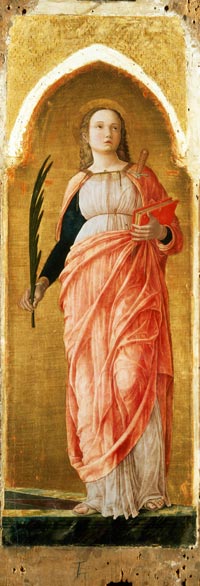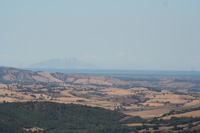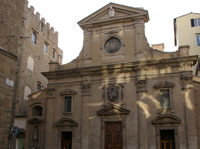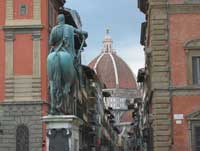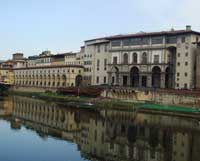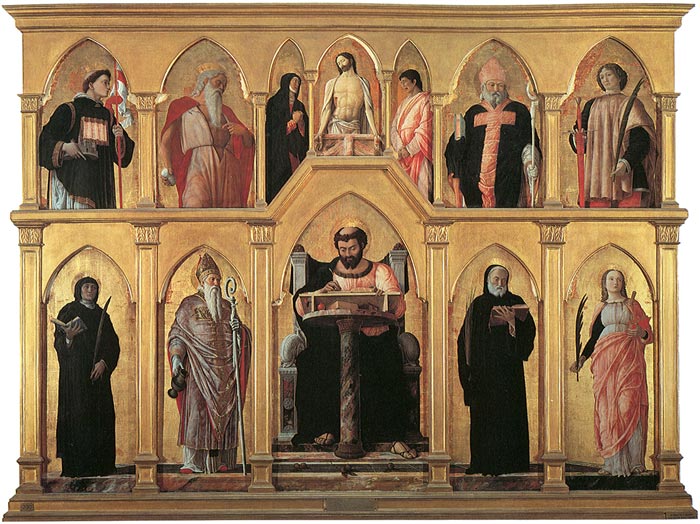 |
|
Andrea Mantegna, Saint Luke Polyptych, 1453-1455, Distemper on panel, 230 x 177 cm, Milan, Pinacoteca di Brera |
|
Andrea Mantegna | The San Luca Altarpiece (San Luca Polyptych) |
The San Luca Altarpiece, also known as the San Luca Polyptych, is a polyptych panel painting by Northern Italian Renaissance painter Andrea Mantegna. The altarpiece is a polyptych panel painting featuring 12 figures each in his or her own arch. The seven figures in the top row flank the central figure of Jesus Christ. The five beneath flank Saint Luke.
|
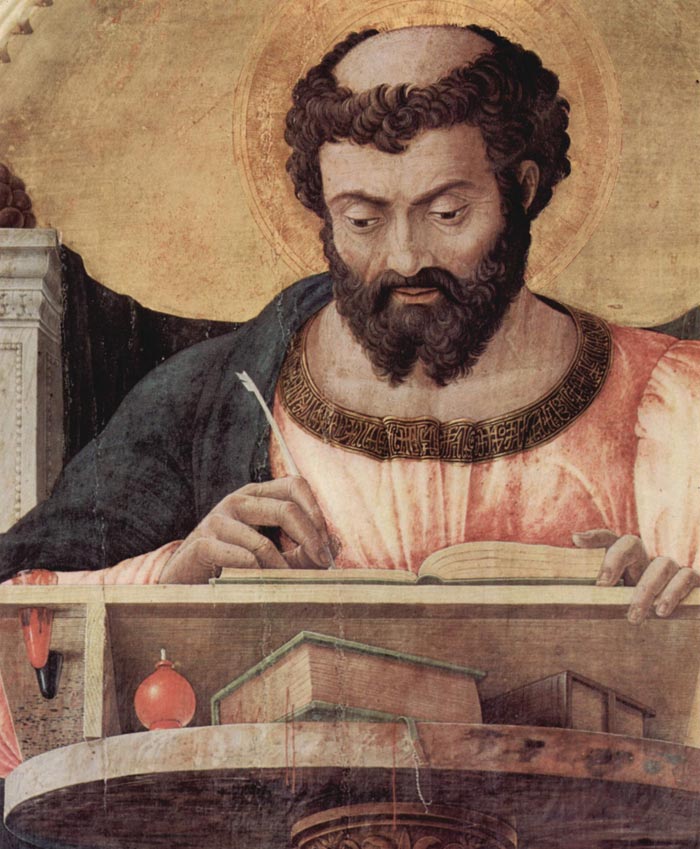 |
||
Andrea Mantegna, Saint Luke Polyptych, Milan, Pinacoteca di Brera. The picture shows a detail of the central (140 x 67 cm) the panel representing St Luke |
||
Saint Justina (Santa Giustina) is a Christian saint who was said to have been martyred in 304 AD. Justina was said to have been a young woman who took private vows of chastity and was killed during the persecutions of Diocletian. Medieval legends described her as a disciple of Saint Peter the Apostle. Thus, Saint Prosdocimus, the first bishop of Padua, is said to have been Justina's spiritual father. His legend states that he was sent from Antioch by Peter.
The Saint Justina of Italian medieval art is a merger of two virgin martyrs. The first of them, St. Justina of Damascus, was the object of the attentions of the magician Cyprian, who sent a devil to fetch her but converted to Christianity when the devil finally confessed his inability to prevail against someone protected by Christ. This Justina was martyred on the same day as Cyprian, September 26, 304. Her body was said to have been taken to Rome and then to Piacenza. The other was Saint Justina of Padua, converted to Christianity in the first century by St. Prosdocimus, first bishop of Padua. She is a patron saint of Padua and Venice. The merged iconography involves the palm of martyrdom, a knife in the breast or neck (although the Golden Legend says she was beheaded), and a unicorn symbolizing virginity. In 1453, Mantegna married Nicolosia, Giovanni Bellini’s sister, thus forming close links with the most important painting workshop in Venice, run by his father-in-law Jacopo Bellini. The intense exchanges of ideas between the two brothers-in-law and the resulting influences were to have fundamental repercussions on the destinies of painting in Northern Italy. Of the different figures making up the Saint Luke altarpiece, the Saint Justina shows best Giovanni Bellini’s tender vein, as does the Virgin and Child with two saints whose style places it in the same period. |
|
|
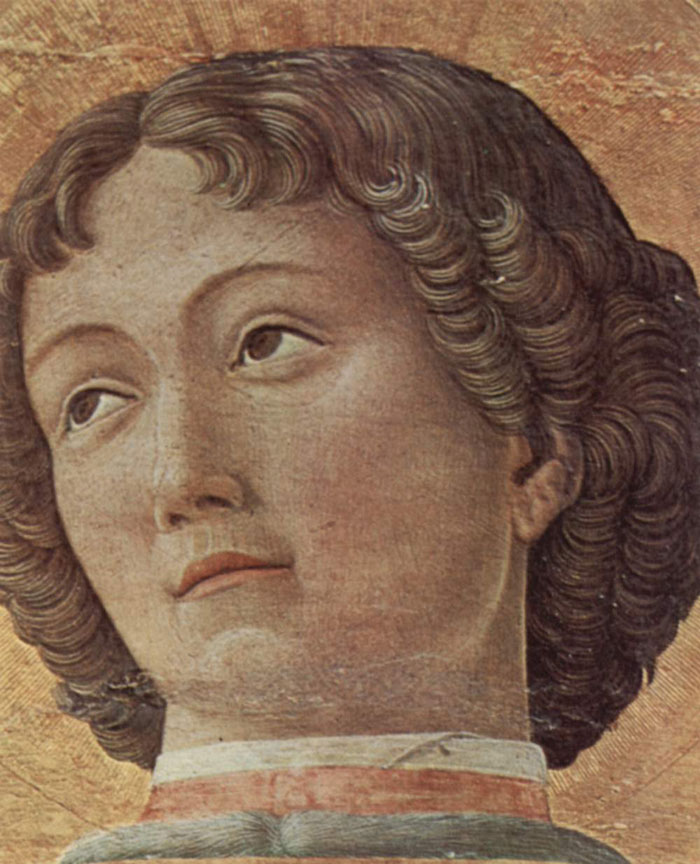 |
||
Andrea Mantegna, Saint Luke Polyptych (detail, Saint Sabastian), Milan, Pinacoteca di Brera |
||
[1] On August 10, 1453, Mantegna signed a contract to paint the work for the monastery of Santa Giustina in Padua. In return for 50 ducats, Mantegna agreed to complete the work, providing paints with which to depict the figures and the azzurro Todesco (a blue pigment derived from copper) with which to inlay them. The work was completed within that or the following year. The polyptych is located in Pinacoteca di Brera, Milan. The Pinacoteca di Brera ("Brera Art Gallery") is an art collection in Milan. It contains one of the foremost collections of Italian paintings, an outgrowth of the cultural program of the Accademia di Belle Arti ("Academy of Fine Arts" or Accademia di Brera), which shares the site in the Palazzo Brera. |
||||
Art in Tuscany | Art in Tuscany | Giorgio Vasari | Lives of the Most Excellent Painters, Sculptors, and Architects |
||||
|
This page uses material from the Wikipedia articles Andrea Mantegna and San Luca Altarpiece, published under the GNU Free Documentation License.
|
||||
Holiday homes in the Tuscan Maremma | Podere Santa Pia |
||||
Podere Santa Pia |
Podere Santa Pia, garden |
View from terrace with a stunning view over the Maremma and Montcristo |
||
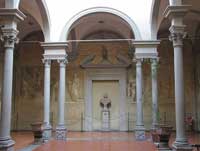 |
||||
Santa Trinita Florence |
Piazza della Santissima Annunziata in Florence |
Choistro dello Scalzo, Florence |
||
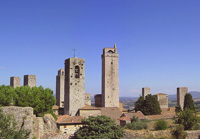 |
||||
| Vasari Corridor, Florence | San Gimignano |
Florence, Duomo |
||

